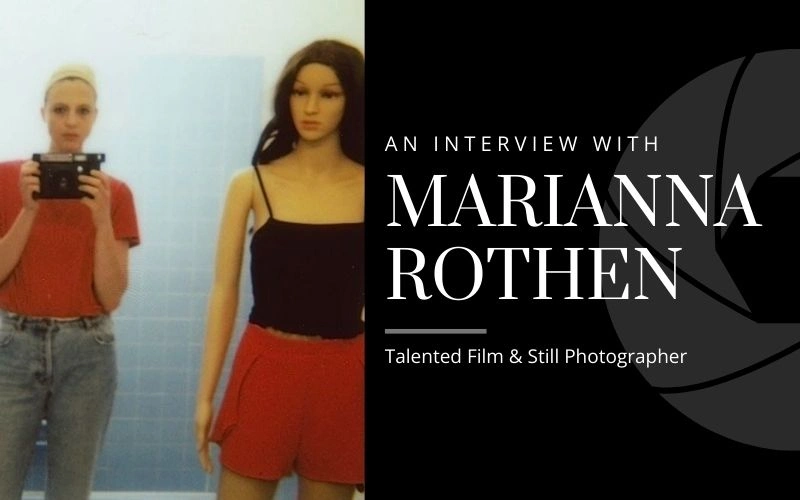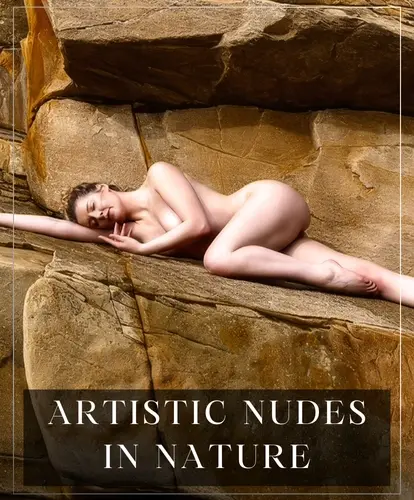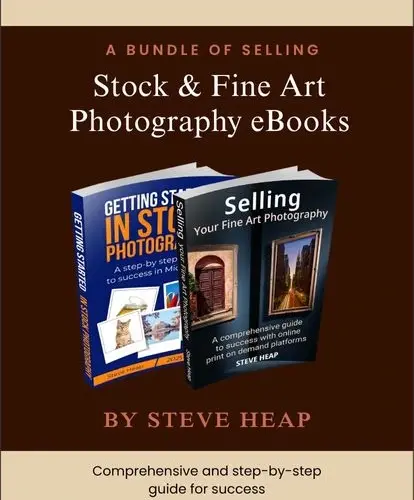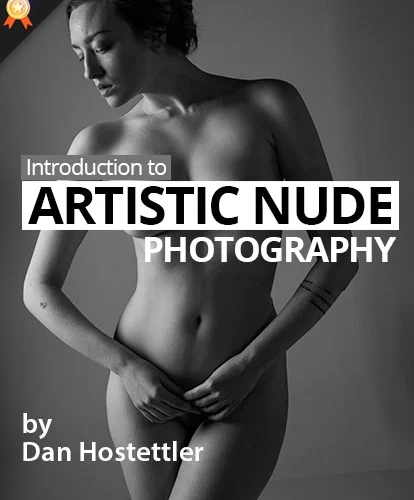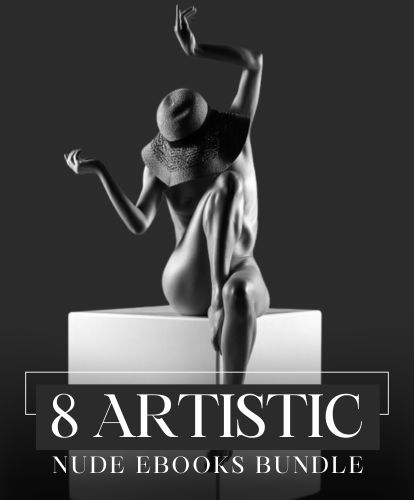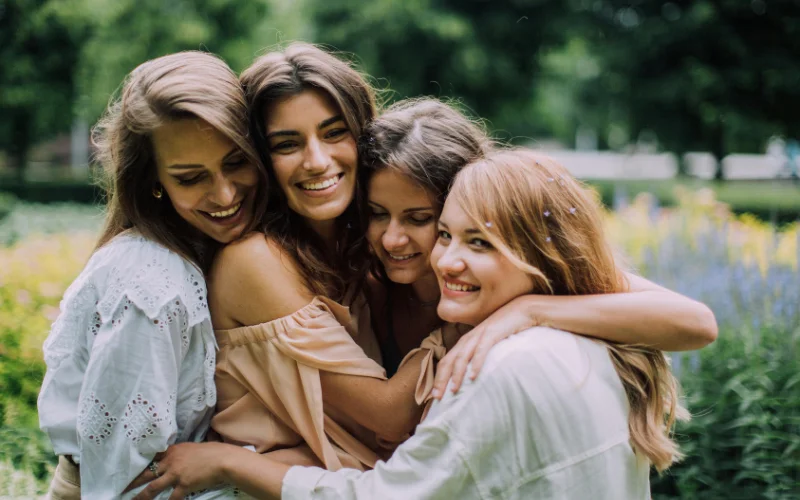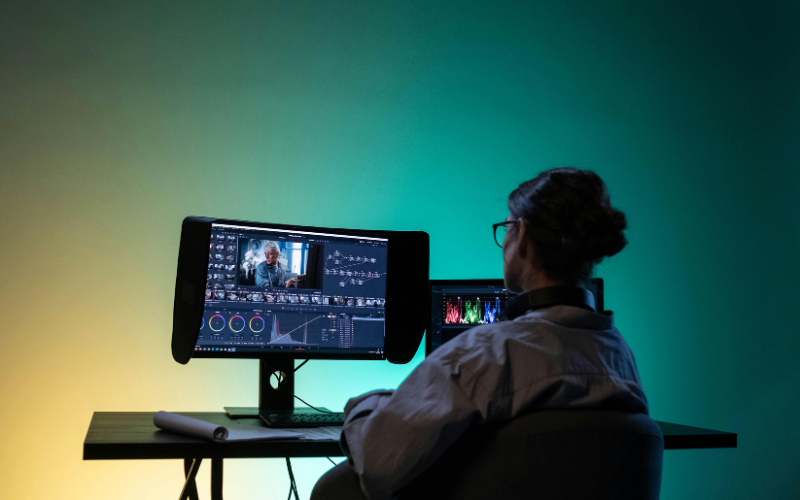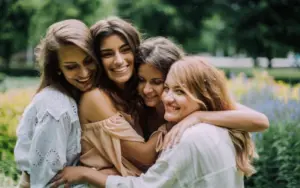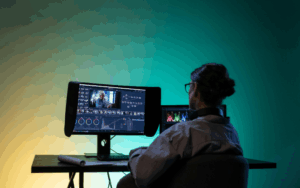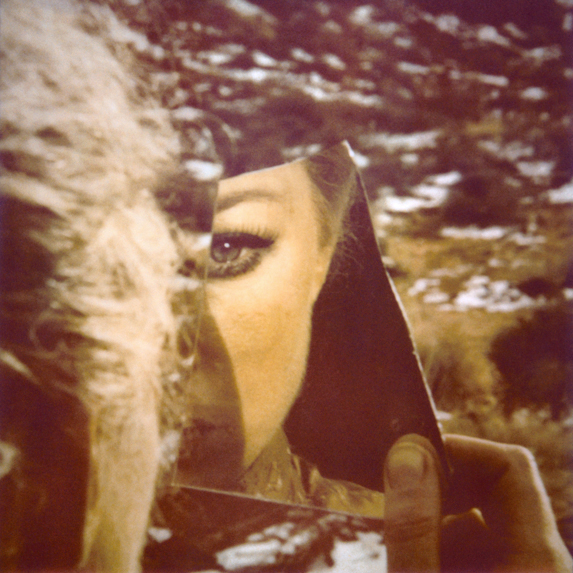
At the heart of every photograph is a dilemma of conscience. From the very first to the last, each artistic choice that you make is another step farther from what’s in front of the camera and one step closer to you. Imagine if all the photos in your phone were projected at your wake one by one. Which story would this private series of photos tell? A story describing the world? Or one describing you?
Plump with retro-tinged colors and burnished with big wigs, big drama, and even bigger design, the photos in Marianna Rothen’s most recent still life photography projects use as many folds of narrative as it takes to step outside a one-off reading. Trusting your impulse to tease out meaning from an assemblage of symbols, she offers a chance to not simply look at the women, who are shot in various states of distress or liberation, but to understand their story. It’s in the fiction, the series of artistic choices that pull reality from artifice, that Rothen shows you where to look. “My approach is to create something that’s original and truthful,” she says. “If something is not labeled, it forces people to look at it innocently.”
I spoke to Rothen over email about her photobook Snow Rose and Other Tales and her approach to still life photography.
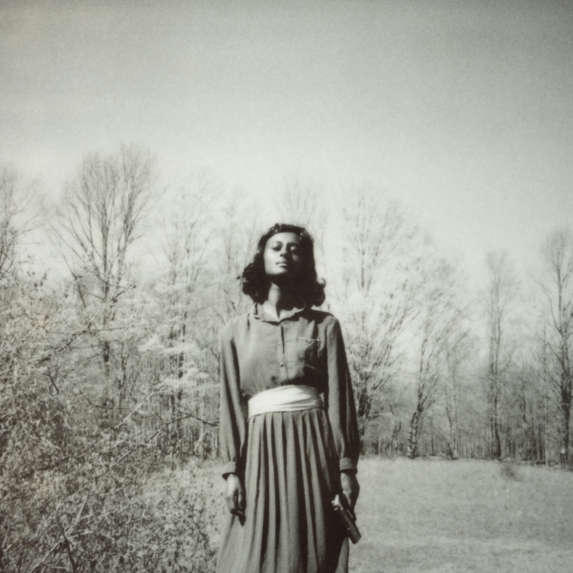
To take a question from one of my favorite writers Clarice Lispector: does shooting photography help make the anguish of life more bearable? Imagine she had asked you that question. What would you say to her?
It certainly does. For me photography is about creating worlds, places to escape to, and places to be haunted by. Although there is sometimes anguish in my photographs, it becomes a point of catharsis when paralleled with life. It gives you an opportunity to relive certain moments and meanwhile become the master of the story.
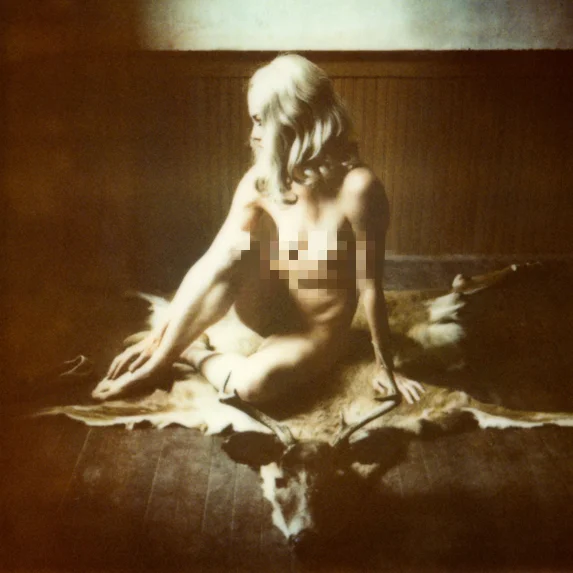
How did you get your start in photography? How would you describe your work?
I got my start in photography working as a model. I would get ideas on shoots and then go home and try them out at the model apartments. The two worked seamlessly together. I could earn my living being in other people’s pictures and then be able to afford to work on my own creative projects.
My work has always been about trying to find a marriage between film and still photography. Combining narratives and characters to imply situations that are reflections on society and human nature.
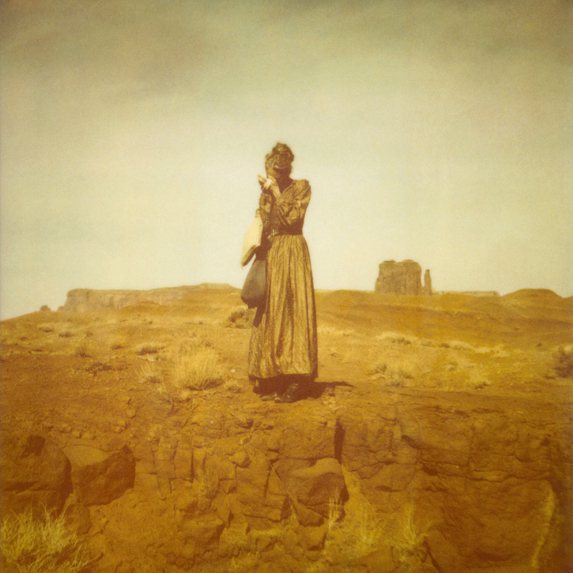
Have you ever been unsure of your talents? Did you ever feel like giving up?
I have never felt like giving up and I always believe that I’ll find what I’m looking for, but, yes, there is a lot of uncertainty. Sometimes what you sought out to do comes back differently, and you have to be flexible to see it from another angle. When you are too close to a project for too long you can become unsure. But somehow it always works out. I try to remind myself of this 😉
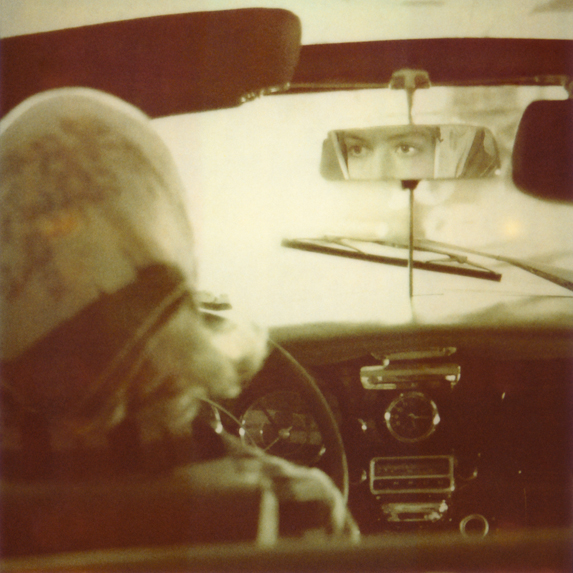
What’s your first — very first — childhood memory? Do you think this visual memory and its emotional pull might have influenced your photography?
My first childhood memory was going to a park with my father. He was sitting on a bench, and I was standing by some flowers, looking at the butterflies. There was a girl with a butterfly net, and I really wanted her to share the net with me. I asked my father if I could use it, and he said to ask her. I did and she said no. I stood really close to her to pretend I was also using it, and she got angry with me. It was a bright yellow summer day, really warm colors. I hadn’t thought about this influencing my work, but it was a bittersweet moment. Everything was so beautiful and perfect except for my first experience with conflict.
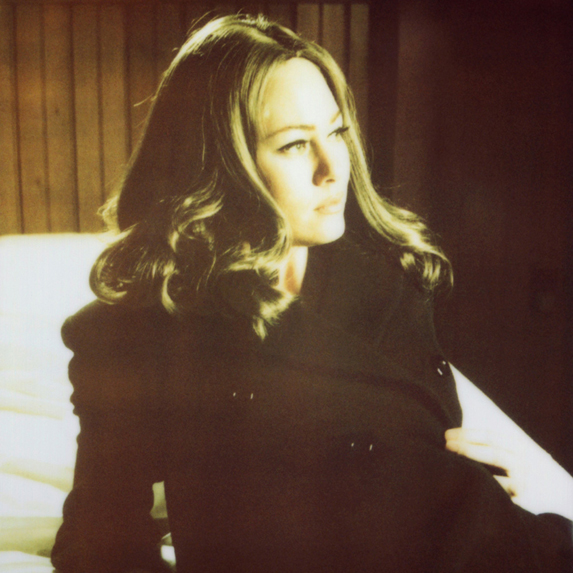
I read that you gave up shooting fashion photography because you didn’t want to shoot as everybody else was doing. You said fashion photography was trying to be perfect. What does perfect mean to you, exactly? What motivated your move away from fashion photography?
Fashion photography is made up of a formula. You have a team and you have someone in charge. Most likely, the person in charge is not the photographer. It’s a big compromise especially if you are not able to edit your work. There are some great photographers that work independently, but for most of them it’s a constant struggle. Fashion is also ultimately about the clothes. The perfection of the clothes and the model, the make-up etc. You might have an amazing image but if there’s a wrinkle it’s unusable.
I feel that if you want to get something different you have to change the formula. To me a perfect image has to have believability. Even if its fantasy based, if its believable its even more impactful. Something perfect always has imperfections. I moved away from fashion photography because I had already been in the business for so many years. I wanted to feel challenged and to make the images more for myself.
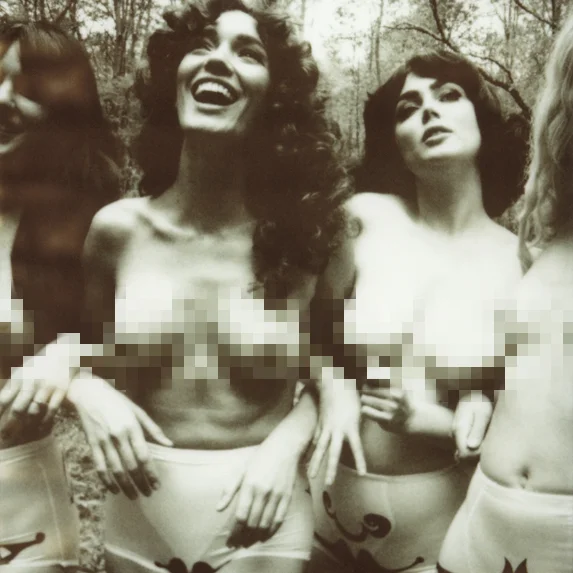
Snow and Rose & Other Tales is your first published photobook. The images in it form a narrative that builds series by series. How did this photobook get its start? Did you plan from the beginning to shoot images that could work together to tell a story?
I was approached by the publisher b.frank books when the images were already completed. It was a really great experience and very quickly we were ready to print. I didn’t make the images with the intention that they would become a complete story, but when we laid out the chapters I was surprised by how cohesive they were together. Interestingly, the book is almost in chronological order. I guess it really helped that each series had a micro-narrative and throughout the years I was always studying similar subjects.
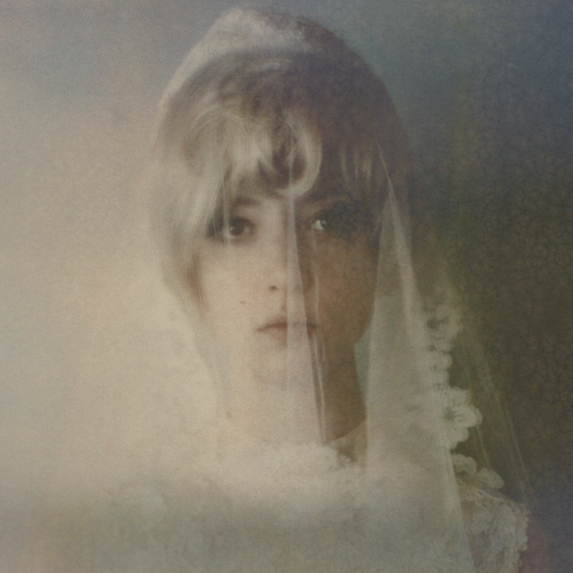
Did any new meanings, or interpretations, come to you only after you had the photobook in your hands? What do you think photobooks allow a series of images to do that they can’t do individually?
Mostly, I was struck by the strength and defiance of the women. When seen as a whole it became very powerful. Even the miserable housewife had a strength in her despair. Context is everything when it comes to photographs. The one that’s revealed first gives a clue about the next image and so on. There are great images that can stand by themselves, but I do believe part of the greatness also comes from their company.
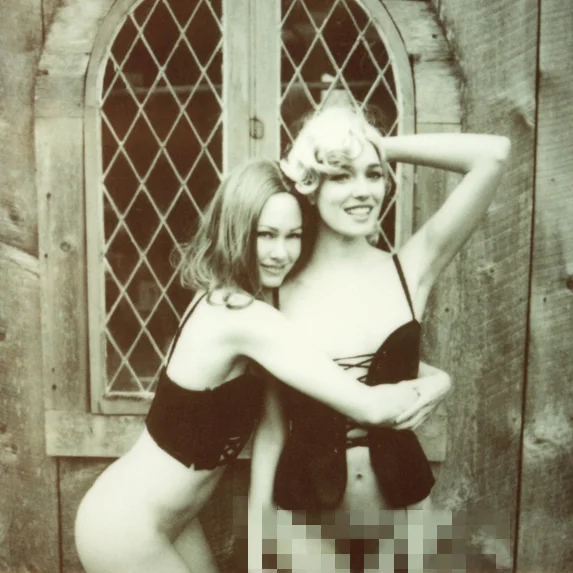
How you shoot harmonizes well with what you shoot. The wigs, the homes, the land, the camera — they all make your photos seem part of another time and place. Was it a conscious decision to marry shooting technique with subject matter for this photobook? Or did one come first?
Shooting technique came before subject matter. In the beginning, every once in a while, I’d get an image that I really loved, but it took a while to realize why. When I figured it out I wanted to stay within these parameters and go deeper with the subject. A lot of what you see is what was available to me, so the images are also informed by circumstance.
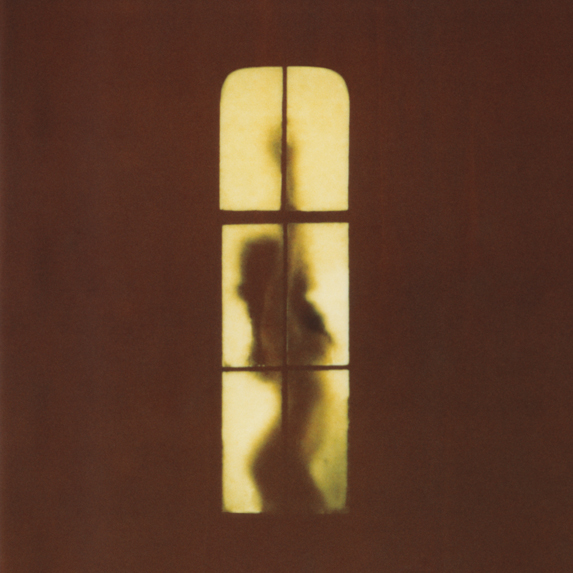
Your visual aesthetic can also be seen as a narrative component. It helps the viewer see the photo as fictional and unnatural. Your photos give your viewer permission to look for symbolism and to imagine what else is being told. It’s a subtle way to undermine voyeuristic readings. What do you think? Does creating a story lead the viewer to readings beyond the body?
My approach is to try to create something that’s original and truthful. The aesthetic of my pictures is a huge part of that which makes it hard to categorize and stereotype their content. If something is not labeled, it forces people to look at it innocently. Creating a story contextualizes the images and changes the way they’re understood.
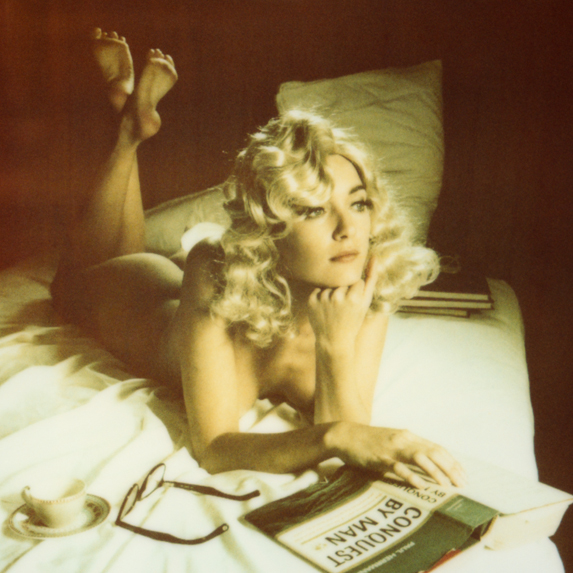
Want to know more about check out: What is Fine Art Nude Photography
You can see all her still life photography work here
